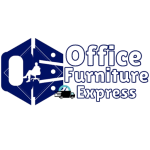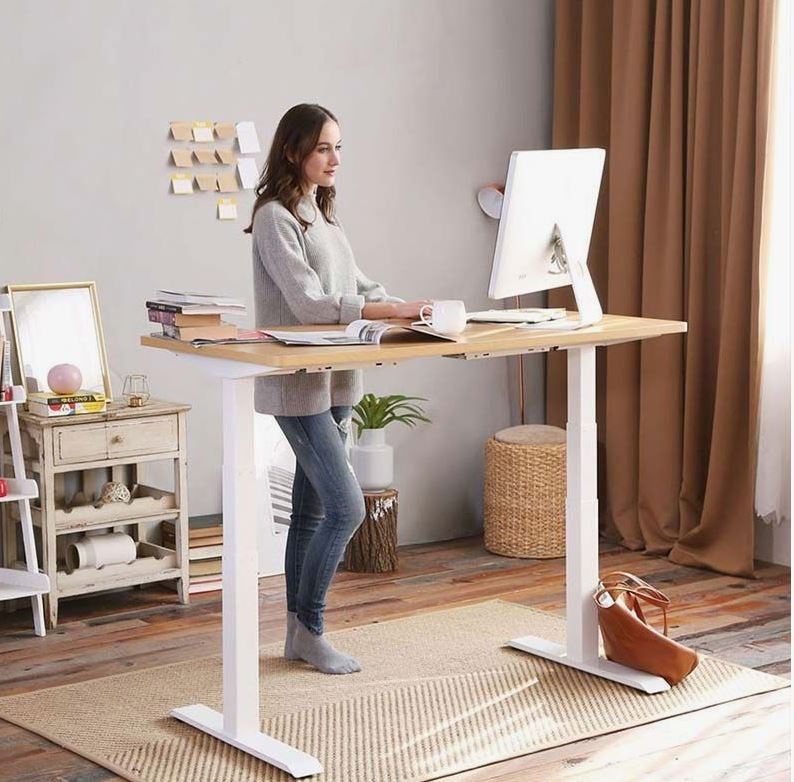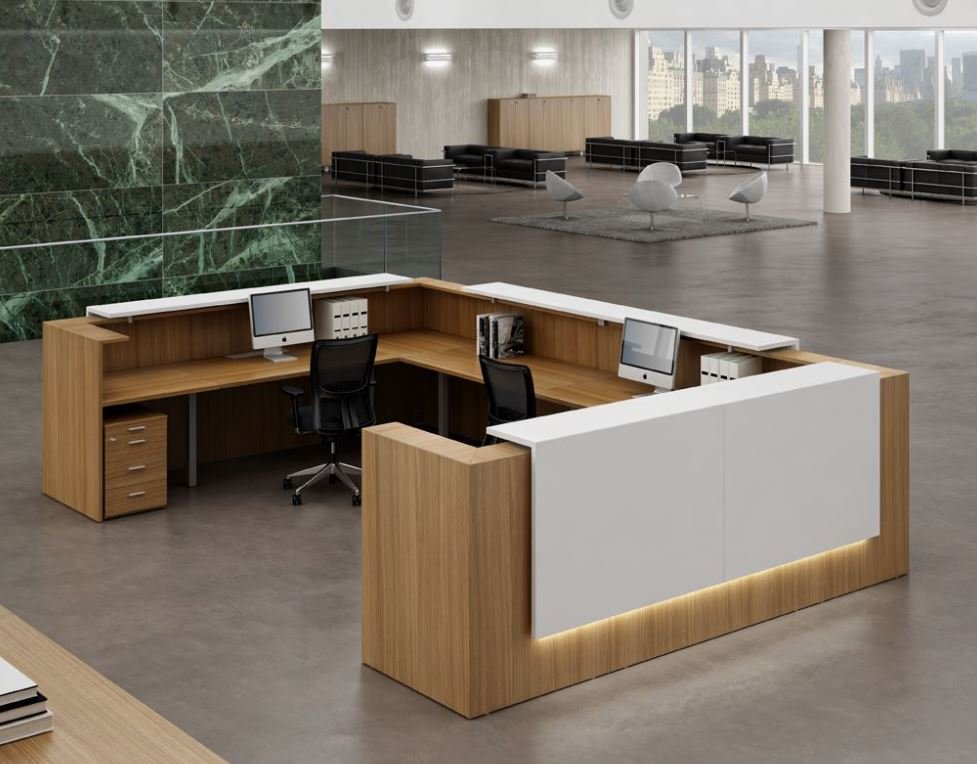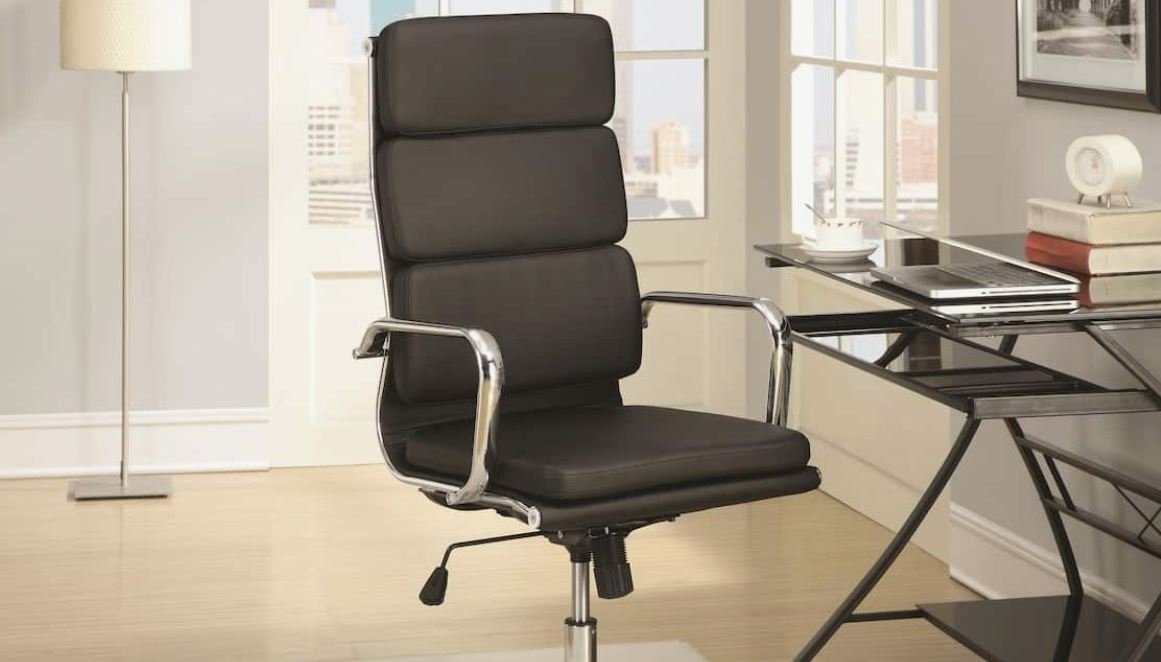
A Meeting Table is more than just a piece of furniture; it serves as the central hub for discussions, brainstorming sessions, and important business decisions. Whether in a corporate boardroom or a co-working space, the right meeting table can enhance productivity and foster collaboration among team members. The design, size, and material of the table significantly impact how efficiently meetings are conducted. A poorly chosen table can make meetings uncomfortable, reduce engagement, and even hinder communication. On the other hand, a well-thought-out meeting table setup ensures everyone has enough space, the necessary amenities, and a comfortable environment to share ideas freely. Companies that prioritize ergonomics and functionality when selecting a meeting table experience better teamwork and smoother decision-making processes.
Factors to Consider When Choosing a Meeting Table
When investing in a meeting table, there are several key aspects to keep in mind. First and foremost is the size. The table should be spacious enough to accommodate all participants without feeling overcrowded. It is crucial to measure the meeting room beforehand to ensure the table fits well without restricting movement around it. The shape of the table also plays an essential role in determining the flow of conversation. A round or oval table encourages equal participation, making it ideal for team discussions, while a rectangular table is perfect for hierarchical setups where one person leads the meeting. Additionally, the material of the table matters—solid wood provides durability and a premium feel, while glass adds a modern and sleek touch. Companies should also consider adjustable or modular tables that can be reconfigured based on the type of meeting being held.
Enhancing Office Aesthetics with the Right Meeting Table
A meeting table is not just about functionality; it also contributes to the overall aesthetic of an office. The style, color, and material of the table should complement the existing office decor to create a cohesive and professional environment. A modern office with minimalist decor might benefit from a sleek glass table with metal accents, while a traditional office may look better with a solid wooden table. Additionally, the chairs around the table should match its style to create a visually appealing space. A well-chosen meeting table enhances the overall impression of the office, which is especially important when clients or stakeholders visit. An elegant and well-maintained meeting space reflects a company’s professionalism and attention to detail, leaving a lasting impact on visitors.
Different Types of Meeting Tables for Various Workspaces
There are various types of meeting tables designed to suit different workspace needs. A boardroom table is typically large, rectangular, and designed for executive meetings. It often comes with built-in power outlets and connectivity features for seamless presentations. On the other hand, a huddle table is a compact option used for small team discussions or casual brainstorming sessions. Collaborative tables, which often have a modular design, allow teams to rearrange seating arrangements based on the nature of the discussion. Some companies even opt for standing meeting tables, which promote active discussions and keep meetings short and efficient. Conference tables with built-in technology features, such as video conferencing capabilities and wireless charging stations, are becoming increasingly popular in modern workspaces. Each type of meeting table serves a unique purpose, and businesses should choose one that aligns with their specific requirements.
How a Quality Meeting Table Boosts Productivity
A well-designed meeting table directly influences productivity in the workplace. When employees feel comfortable in a meeting space, they are more likely to stay engaged and contribute meaningfully to discussions. Tables with built-in power outlets and cable management systems prevent clutter and keep the workspace organized, allowing for a seamless workflow. Furthermore, ergonomic considerations, such as appropriate table height and seating arrangement, ensure that participants do not experience discomfort during long meetings. Studies have shown that well-planned meeting environments reduce distractions and improve focus, leading to better decision-making. Companies that invest in high-quality meeting tables and ergonomic office furniture often notice a boost in overall employee efficiency and job satisfaction.
Meeting Table Trends in Modern Office Spaces
The concept of the meeting table has evolved significantly over the years to adapt to changing workplace dynamics. Today, companies are moving towards flexible and tech-integrated tables that support hybrid work models. Height-adjustable tables allow employees to switch between sitting and standing positions during discussions, promoting better posture and reducing fatigue. Sustainable meeting tables made from eco-friendly materials are also gaining popularity as companies strive to reduce their environmental impact. Additionally, minimalist and space-saving designs cater to small offices where maximizing space is essential. Businesses are also investing in smart tables equipped with wireless charging stations, USB ports, and interactive touchscreen features to enhance collaboration and connectivity. The increasing demand for multipurpose meeting tables that can adapt to different meeting formats showcases the need for adaptable office furniture in today’s dynamic work environments.
Choosing the Right Meeting Table for Your Business
Selecting the right meeting table depends on the nature of your business and the type of meetings you conduct regularly. A creative agency may benefit from an open, round table that encourages free-flowing ideas, while a law firm may require a formal, rectangular table for structured discussions. Budget is another critical factor to consider—while investing in a premium-quality table offers long-term durability, there are also cost-effective options that provide both functionality and style. The number of people using the table should determine its size and seating capacity. It is also beneficial to choose a table with easy maintenance, ensuring that it remains in excellent condition for years. Businesses should work with professional office furniture suppliers who can provide customized meeting table solutions that align with their specific workspace needs.
Conclusion
A meeting table is an essential component of any professional workspace, influencing productivity, collaboration, and office aesthetics. Choosing the right table involves considering factors such as size, shape, material, and functionality. With modern offices shifting towards flexible and tech-integrated furniture, businesses need to invest in meeting tables that support evolving work trends. Whether for formal boardroom discussions or casual team meetings, a well-designed meeting table enhances communication and decision-making. By selecting a high-quality, aesthetically pleasing, and ergonomic meeting table, companies can create an efficient and inviting workspace that fosters innovation and teamwork.



